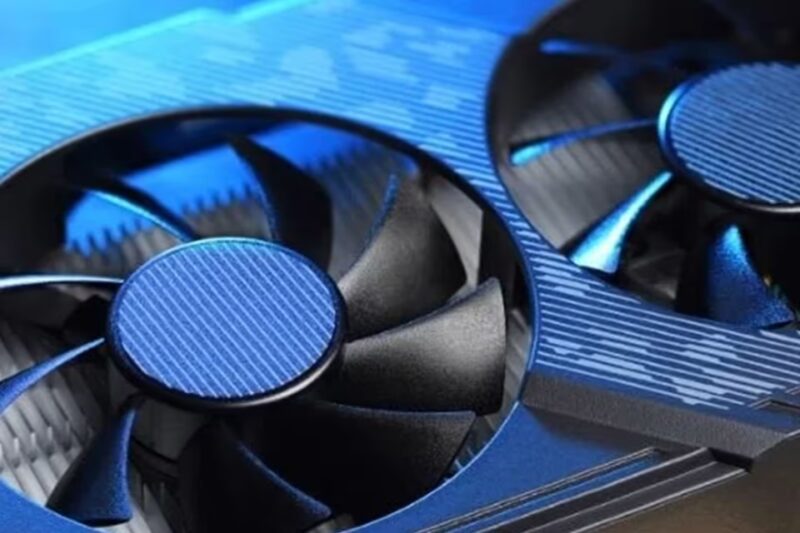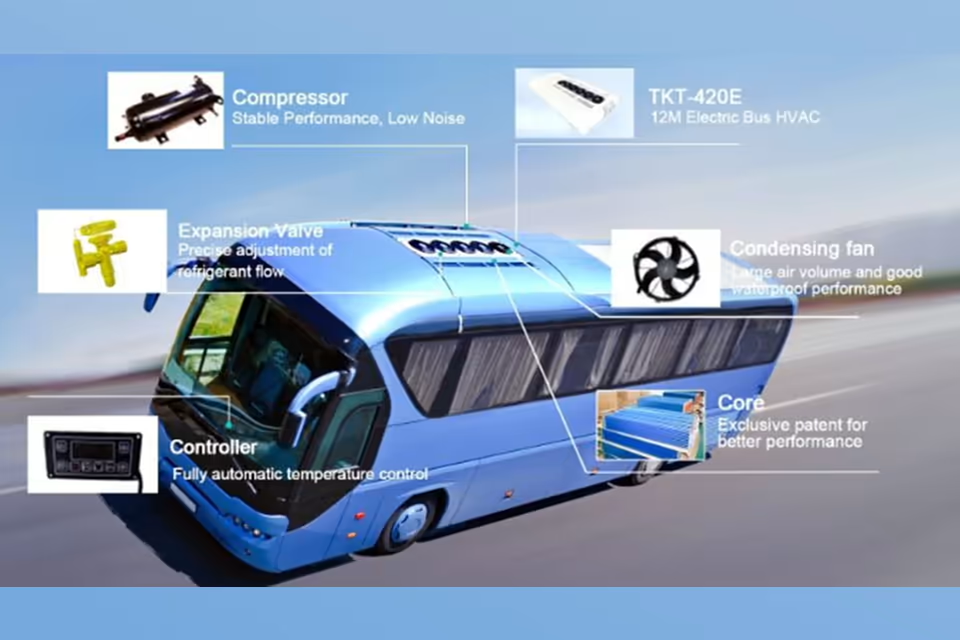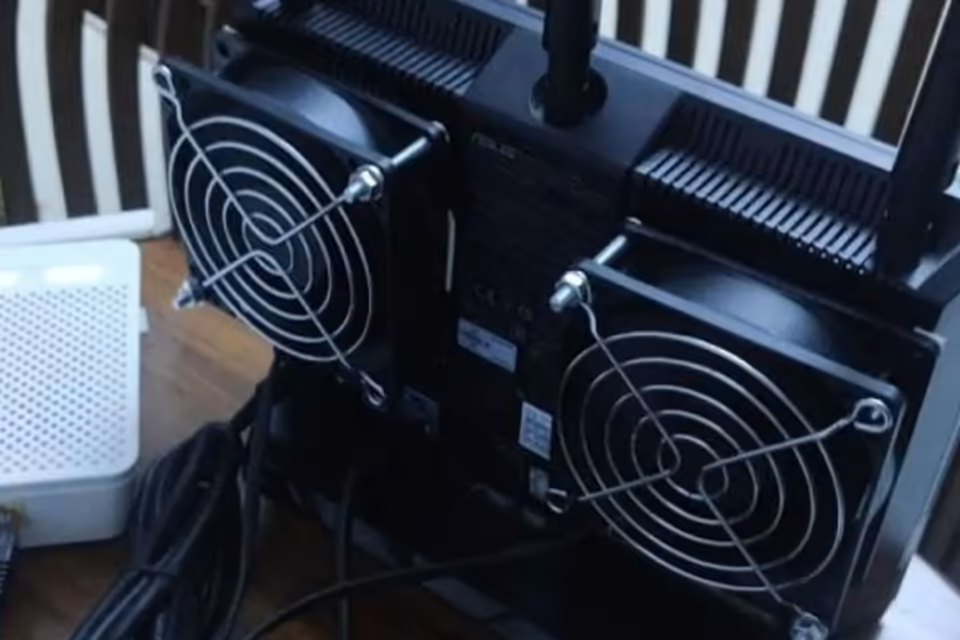Si alguna vez has montado un PC gaming o has oído rugir tu GPU durante una sesión de renderizado nocturna, probablemente habrás pensado “Los ventiladores son ventiladores”, ¿verdad?
No exactamente. Los ventiladores de caja y los ventiladores de GPU pueden girar por la misma razón — para enfriar. Pero están construidos para misiones totalmente diferentes. Comprender esa diferencia puede ayudar a que tu sistema dure más, funcione más silenciosamente e incluso te salve de una GPU de $500 frita.
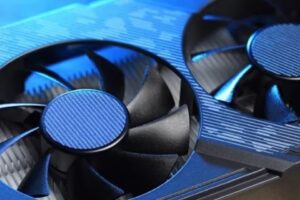
Dirección del aire: Flujo vs Potencia de fuego
Piensa en tu PC como un organismo que respira. Los ventiladores de caja actúan como pulmones, manteniendo el aire fresco en movimiento por cada rincón. Ventiladores de GPU, por otro lado, son los bomberos, lanzando aire directamente sobre la fuente de calor – tu chip gráfico.
| Característica | Ventilador de caja | Ventilador de GPU |
| Objetivo principal | Mover aire a través de la caja | Enfriar el núcleo de la GPU directamente |
| Presión de aire | Menor (flujo amplio) | Mayor (flujo concentrado) |
| Tamaño | 120–200 mm | 70–100 mm |
| Velocidad | 800–2000 RPM | 2000–5000 RPM |
When your GPU sounds like a tiny jet, it’s not your imagination — it’s working to fight against heat directly at the core.
Flujo de aire vs Presión estática
Case fans focus on flujo de aire (how much air they move, measured in CFM). GPU fans care more about presión estática — how strongly they can push air through obstacles.
Example:
- A 140mm case fan moves around 90 CFM, ideal for open airflow.
- A 90mm GPU fan moves less air (45 CFM), but pushes harder (3–5 mmH₂O) through metal fins.
That’s why many GPUs use dual or triple fans. More pressure zones mean faster heat removal. It’s the same principle used by manufacturers like us, Shenzhen Xinqifeng Technology, whose DC and EC fan designs balance both pressure and noise for long-term stability in compact GPU assemblies.
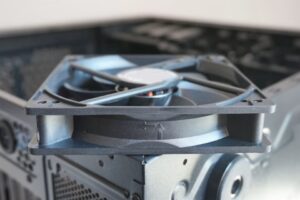
When Good Fans Go Bad?
Even the strongest GPU fan can’t help if hot air has nowhere to go. Case airflow is like a silent killer. Trapped heat can lead to +8–12°C higher temperatures, which means throttling and shorter GPU lifespan.
Here’s how to fix it:
- Use equal intake and exhaust fans
- Keep cable clutter minimal
- Clean filters regularly
- Let smart PWM control handle fan speeds automatically
Our Xinqifeng EC fan models, for instance, adjust speed via real-time temperature sensing, helping industrial PCs and workstations stay cool with zero manual tweaking.
What Works Best?
| System Type | Cooling Focus | Ideal Fan Setup | Typical Result |
| Gaming PC (RTX 4090) | GPU-heavy | High-pressure GPU fans + 140mm case fans | 5–10°C cooler under load |
| Workstation AI Server | 24/7 stability | EC fans with smart control | Consistent temps, longer life |
| Mini-ITX Build | Compact space | Blower GPU + slim axial fans | Prevents local heat buildup |
| Quiet Studio PC | Low noise | 140mm low-RPM + balanced intake/exhaust | Below 30 dB noise level |
Many modern workstation brands and their suppliers rely on customized EC/DC fans to fine-tune noise, voltage, and airflow for different environments. It’s a small adjustment that delivers big performance gains.
La tendencia de refrigeración: Más inteligente, no más rápida
Traditional cooling was simple: spin faster, stay cooler. But new-generation EC (Electronically Commutated) fans, now widely adopted by major PC builders and cooling OEMs, take a smarter route.
They deliver:
- Up to 50% less energy use
- Longer life thanks to lower heat stress
- Real-time speed control via integrated sensors
- Quiet operation (<30 dB)even under load
That’s why EC fans are quickly replacing traditional DC ones in AI servers, EV inverters, and LED systems.
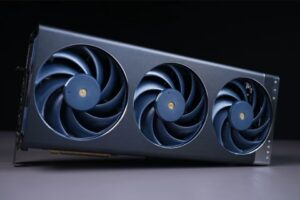
Consejos rápidos para constructores
- Keep your GPU below 80°Cfor better performance and lifespan.
- Aim for a 1:1 intake to exhaustion in your case.
- Clean fans every 3–6 months.
- Replace worn bearings — even a 10% airflow loss can raise temps by 5°C.
- Leave 2–3 cm clearance before intake fans for smooth airflow.
These are the same principles cooling engineers follow when tuning fan performance during testing. And as experienced OEMs, we Xinqifeng handle daily for both gaming and industrial clients.
Conclusión
Case fans keep your system breathing. GPU fans fight the heat right where it matters. And when both work in harmony, your PC stays cooler, quieter, and simply feels better.
Smart airflow isn’t just about temperature. It’s about reliability. That’s why modern builders are choosing intelligent, customizable fans from trusted manufacturers to keep things running smoothly, year after year.

